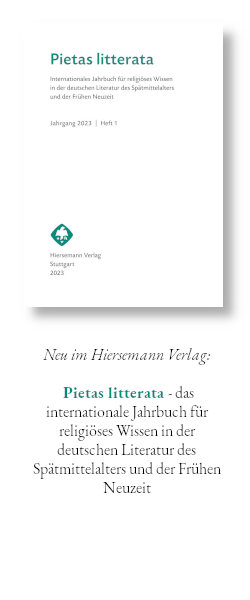Oft genannt, doch kaum bekannt. Von Sapphos schattenhafter Anwesenheit in der römischen Kaiserzeit und im lateinischen Mittelalter
DOI:
https://doi.org/10.36191/mjb/2021-56-1-1Schlagworte:
Sappho, mascula, Catalogues of poets, Catalogues of women, Sapphicmetre, tenth Muse, Phaon, Lesbian love, the »other Sappho«Abstract
Peter Stotz †: Often cited, hardly known: Sappho’s shadowy presence in the Roman Empire and the Latin Middle Ages
The essay presents a thematic review of the evocations of Sappho from the Roman Empire to the Renaissance, accounting for dependencies and variations. A preliminary survey of the historiographic testimonies continues with a discussion (also addressing contradictions) of the stock elements of the poet’s biography: Sappho as equivalent to men; as the love-drunken poetess; her affairs with young women and the boatman Phaon; her ill repute; the suppose dexistence of two homonymous figures. Next come Sappho’s appearances in praise worthy contexts (catalogues of eminent poets, famous women) and her invocation as a positive touchstone for other laudable women often compared to her. Sappho is considered then as the originator of Sapphic meter. The conclusion addresses related misunderstandings, such as the supposed existence of a certain Adonius, the alleged creator of Adonic metrical forms.
Keywords: Sappho, mascula, Catalogues of poets, Catalogues of women, Sapphicmetre, tenth Muse, Phaon, Lesbian love, the »other Sappho«


